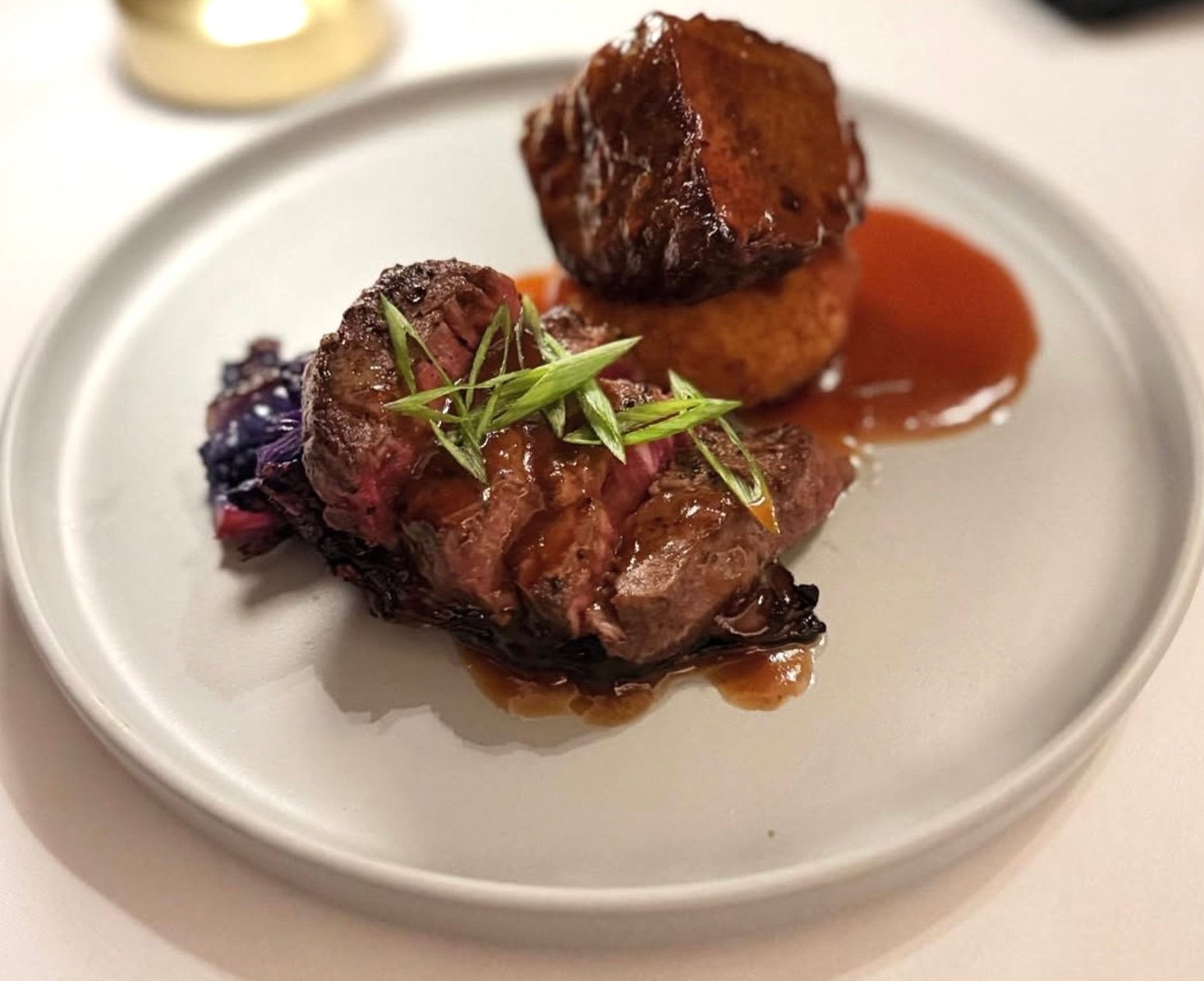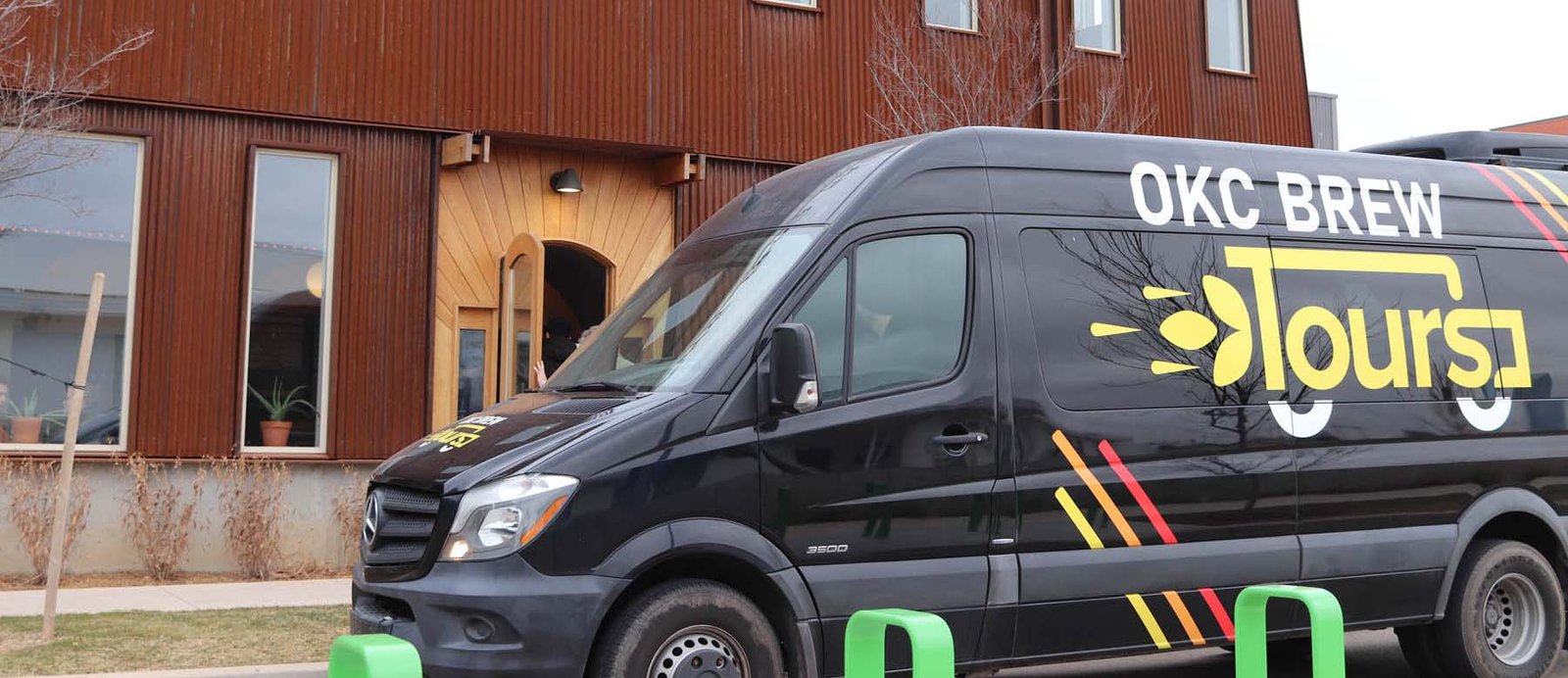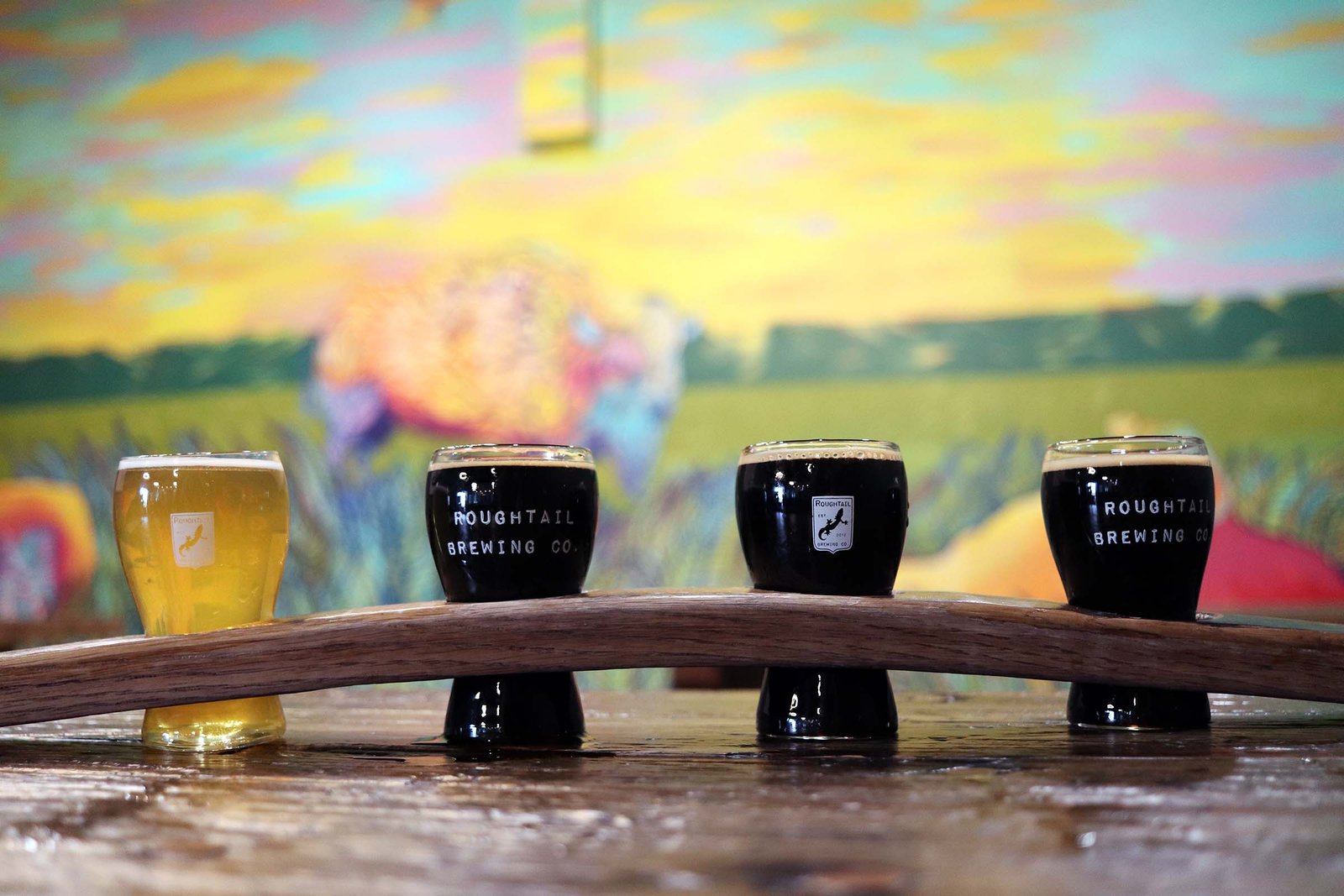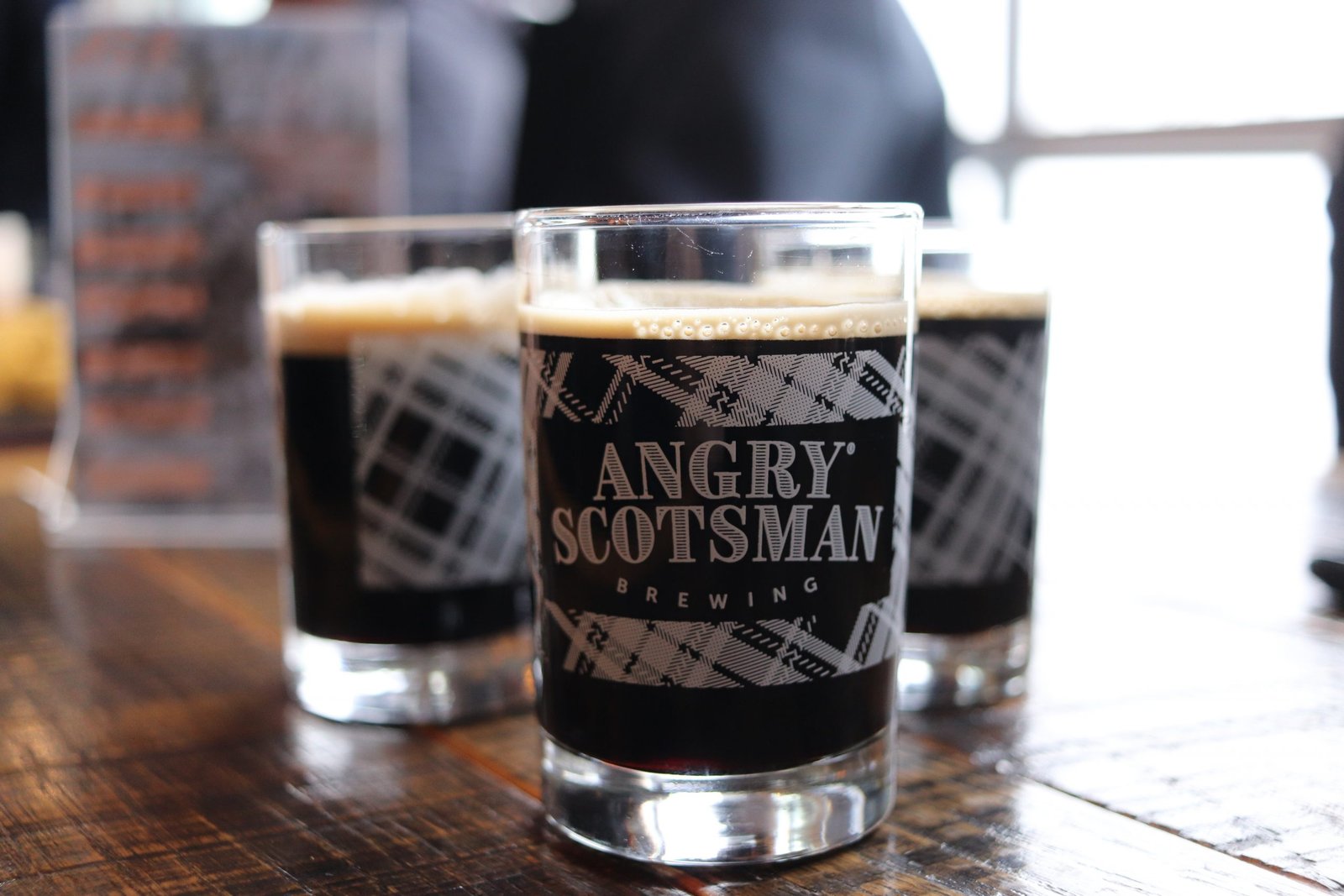Beef: It’s (not) What’s For Dinner
“I can’t charge $15 for a burger with no fries, but that’s where prices are headed,” Rachel Cope said. Cope is the founder and CEO of 84 Hospitality, and one of her brands is Burger Punk, a full-service burger joint with a focused menu that includes hotdogs, chili, a chicken sandwich and fries. She’s one of many restaurateurs we spoke with in the past couple weeks who are sounding the alarm on beef prices.
“We’ve seen a 100-percent increase in the price of top sirloin from July ‘24 to July ‘25,” David Egan said. He is the operating partner at Cattlemen’s Steakhouse, a Stockyards destination known for steak, lamb fries, Okie cooking, and a surprisingly good wine list. “Tenderloins and rib eyes are up 40 percent in the same period. The prices are at record highs in every category.”

Rachel Cope
Many modern American and other style restaurants can simply reduce the number or type of steak on their menu, as they can with burgers, but for concepts that are beef-centric, the current prices are threatening a business model that still has legs, given that demand for beef has not waned. The combination of reduced supply – the U.S. currently the smallest herds since 1951, per Reuters – and steady demand has typically led to ranchers increasing their herd sizes to take advantage of those higher prices. That pattern is not repeating as it has for the past 70-100 years.
In the same Reuters source above, Christopher Walljasper reported on the litany of obstacles faced by ranchers, packing houses, restaurants and consumers. From 2017 to 2022, the number of ranchers raising cattle dropped by more than 14 percent, which means roughly 100,000 fewer ranches and farms. Much of that exodus was driven by the sustained drought that forced ranchers to buy hay (a cost that reduces their final profit) or sell herds faster to sale barns with low prices based at least in part on disaster capitalism. Factor in onerous regulations, the arrival of screw worm, a precipitous drop in the Ogalala Aquifer that waters herds from Kansas to Texas, inexplicable tariffs, and the reality of young would-be ranchers opting out in the face of their families’ struggles, and we have a full-blown crisis in one of America’s staple products.
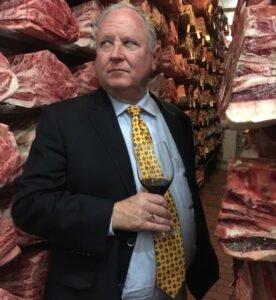
David Egan
“It’s important people understand this is something we’ve never faced before,” Egan said. “The 5-7 year cycle of beef production has been pretty much unbroken for the past 80-100 years, but it doesn’t look like it’s going to cycle this time. Beef prices were nearly always correlated to the supply-demand model, but not this time. COVID started the problems, but the drought forced ranchers to rush their herds to market, but then they didn’t rebuild their herds, and it doesn’t look like they’re going to.”
In fact, beef margins haven’t been great for restaurants in a long time. Restaurateurs regularly note that they’re selling you a prime rib eye with its razor-thin margin (a couple bucks at most) to sell you wine, dessert, sides, or other items with better margins. Steak has been the quintessential restaurant loss leader for more than a decade. The economics of it make sense when you understand the process of getting the steak to your plate, starting with the reality that it’s two years from breeding to eating.
“We need 1,375 pounds of beef each day at Cattlemen’s,” Egan said. “From that, roughly 70 percent is usable steak. The other 30 percent is throwaway fat, burgers and beef tips.”
The latter two items have far lower margins than steak, but Egan said selling them helps bring down the total cost of steak to the consumer. Realistically, all beef that arrives at a restaurant will see somewhere from 88-percent yield to a low of 65 percent.
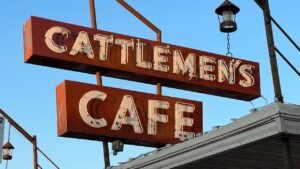
The economics for ranchers are equally daunting. Jake Miller is the marketing director for Outwest Farms, a family and veteran owned ranch in Cleveland, Oklahoma. It was founded by his father Matt, a former U.S. Marine, and their business model is designed to avoid sale barns by selling direct to consumers. He agrees that circumstances are different this time.
“Ranchers are aging out,” he said. “For a lot of them who were on the fence, this presents a great opportunity to sell and retire. I think the average age is about 60 for American ranchers.”
In fact, the 2022 Census of Agriculture puts the average age of U.S. farmers and ranchers at 58.1 years, part of a long-term trend of aging producers. Contrast that with U.S. veterinarians at 43 years and pharmacists at 41, both vocations attracting large numbers of college students. Farming and ranching is no longer a desirable trade for those who didn’t grow up in it, and even those who grew up on farms and ranches are opting out.
“We’re just not seeing young people get into this business,” Miller said. “We’re starting to wonder where the breaking point is. With less ranchers and higher prices, what will be the price that’s too high? Will consumers pay $10 a pound for ground beef? Will that cause a change in people’s eating habits?”
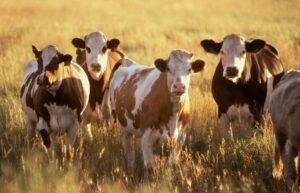
Cope is wondering the same thing. “It’s tough right now,” she said. “We don’t want to dumb down quality and hurt our brand. We don’t know where the ceiling is. Less volume means worse prices, and we can’t put ‘market price’ next to a burger, but restaurateurs are joking about it now. How do we navigate this without pricing out our target clientele?”
Jeffrey Holloway is the chef-owner of Boulevard Steakhouse, an Edmond institution with a 26-year history of serving prime steaks they purchase from Greater Omaha Packing Co., a company that sources American beef from within 250 miles of their operation.
“We’re dealing with all time highs, and we have no indication that this will improve in the next few months,” Holloway said. “In fact, we expect them to keep rising for at least a couple more months. We’ve faced more price increases the past three years than we’ve had in the previous ten. Now we’re about to enter into the holiday season, and prices are always higher in October, November, December, but the tighter supply means even more additional cost.”
To help with the rising costs, Boulevard is experimenting with different cuts, but like other operators, Holloway isn’t willing to sacrifice brand reputation by offering lower quality. The first option for many of them is to reduce portion size, and that shows some promise. He also said their Wagyu sirloin has been well received. They too saw a 45-percent increase in tenderloin prices.

Jeffrey Holloway
“Seventy-five percent of our menu is beef, especially steak,” he said, “and the prime filet is 70 percent of steak sales. We’re a beef business, obviously.”
Holloway, Cope, Egan, all restaurateurs are trying to figure out ways to tweak prices that aren’t beef-related to help with overall consumer cost, but it’s even more difficult when the model is based on beef.
“The last thing we want to do is run people off from eating steak,” Egan said. “We’re trying smaller cuts as an option, adding topping choices, and thinking through other ways to reduce costs.”
Unfortunately, restaurants have been in the business of trying to make business make sense (and money) since COVID. They’ve endured one body blow after another, and beef prices are just the latest in a list of challenges that continue to increase stress and costs while lowering margins and satisfaction. Some good news would be a welcome change, but as far as beef prices go, there likely won’t be any good news for a while.

